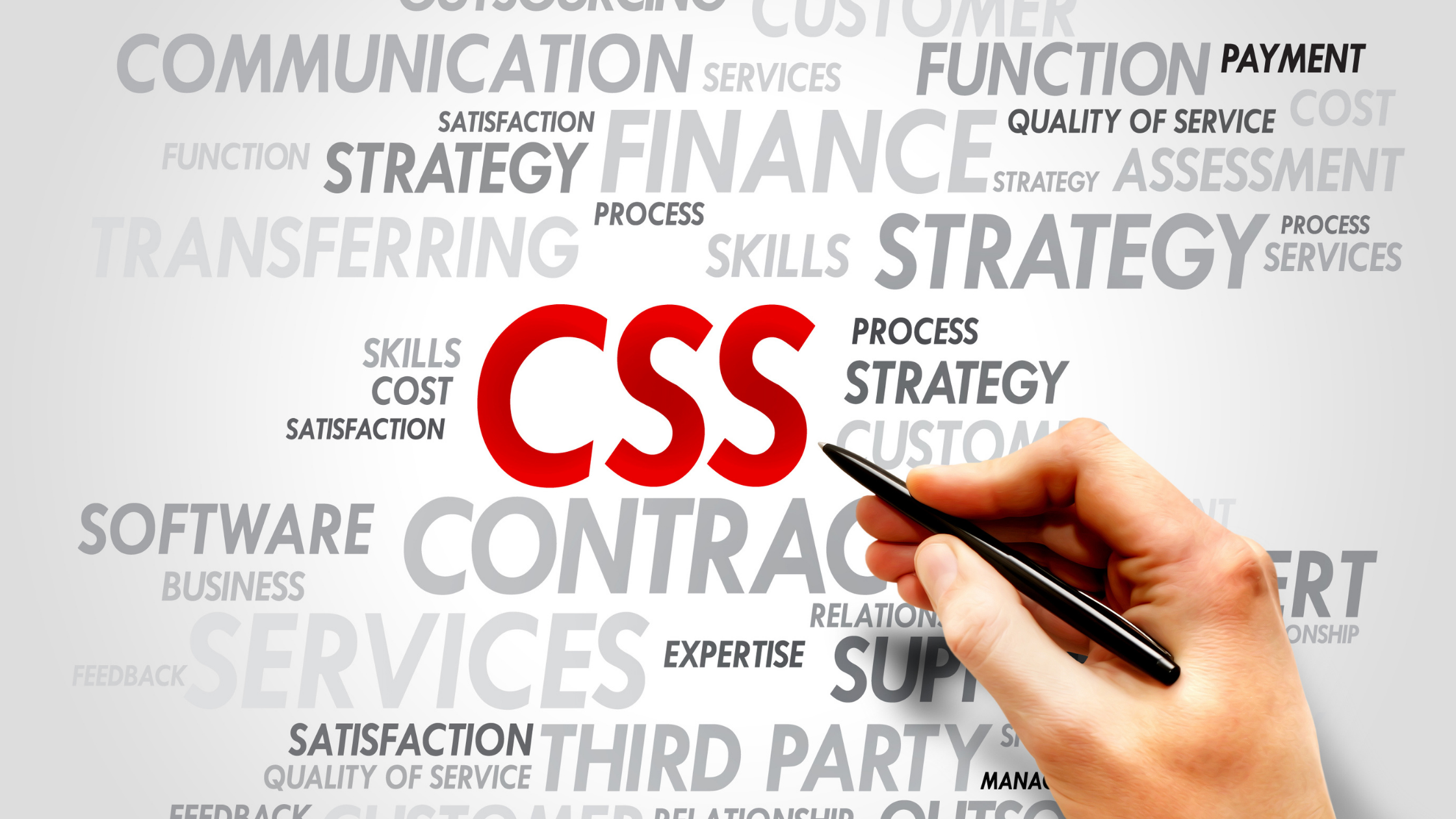In this blog, we'll explore how to use CSS frameworks to improve your website's design and functionality.
If you're building a website, chances are you're looking for ways to make the process faster, easier, and more efficient. That's where CSS frameworks come in. CSS frameworks are pre-written code that provide a set of rules and guidelines for designing and styling web pages. They offer a standardized, reusable set of components and styles, which can speed up the web development process and help ensure a consistent design across a website. In this blog post, we'll explore how to use CSS frameworks to improve your website's design and functionality.
What are CSS frameworks?
CSS (Cascading Style Sheets) is a programming language used to style and format web pages. It helps control how elements like text, images, and buttons are displayed on a website. CSS frameworks are a pre-written set of CSS code that provides pre-designed styles and components to help developers create websites quickly and easily.
Think of CSS frameworks as a ready-made set of tools that developers can use to create a website. Instead of writing CSS code from scratch, developers can use pre-built components like navigation menus, forms, and buttons to quickly assemble the website. This saves a lot of time and effort and helps ensure a consistent design throughout the website.
CSS frameworks are built on top of CSS and can include other programming languages like HTML and JavaScript. They come with a set of predefined styles that can be customized to match the website's branding or design. Additionally, many CSS frameworks are designed to be responsive, meaning that the website will look good and work well on different devices like phones, tablets, and desktop computers.
Overall, CSS frameworks are a useful tool for web developers as they can help create professional-looking websites with minimal effort.

Strong points of CSS frameworks in website development
There are several strong points of CSS frameworks that make them popular among web developers. Here are some of the key benefits:
- Speeds up development: CSS frameworks provide a pre-written set of styles and components that can save a lot of time and effort when creating a website. Developers don't need to write CSS code from scratch for every element of the website, but can instead use pre-built components and styles.
- Consistency: CSS frameworks ensure a consistent design and layout across the website. This is important for maintaining a professional look and feel, and for improving user experience.
- Responsive design: Many CSS frameworks are designed to be responsive, meaning that they automatically adjust to different screen sizes and devices. This is important for ensuring that the website looks good and works well on different devices, which is crucial in today's mobile-first world.
- Cross-browser compatibility: CSS frameworks have been extensively tested across multiple browsers and devices, which ensures that the website will look and work as intended across different platforms.
- Customization: While CSS frameworks provide pre-built components and styles, they are also highly customizable. Developers can easily modify the CSS code to match the website's branding and design.
5 Tips for applying CSS frameworks into website’s design and functionality
CSS frameworks are pre-written CSS code that provide a set of rules and guidelines for designing and styling web pages. Using a CSS framework can help you to improve your website's design and functionality by providing a consistent and professional look and feel, as well as making it easier to create responsive layouts and add interactive features.
Here are some steps you can follow to use CSS frameworks to improve your website's design and functionality:
1. Choose a CSS framework that fits your needs:
Choosing a CSS framework can be daunting if you're not familiar with web development. However, the main factors you should consider when choosing a framework are the complexity of your website, the type of content you are creating, and your level of experience with web development. For instance, if you're creating a basic website or you're new to web development, you might want to choose a simple and easy-to-use framework like Bulma. However, if you're creating a more complex website or have some experience with web development, you might want to choose a more comprehensive framework like Bootstrap or Foundation.
2. Learn the basics of the framework:
After you've chosen a framework, the next step is to learn the basics of how it works. Most frameworks come with documentation, tutorials, and example projects that you can use to learn the basics. It's important to understand the framework's conventions and best practices so that you can use it effectively.

3. Customize the framework to fit your needs:
Although CSS frameworks provide a set of pre-written styles and components, it's likely that you will need to make some customizations to fit your specific requirements. For instance, you might want to modify the color scheme, typography, or layout of the framework to match your website's branding or design. Most frameworks provide customization options and documentation on how to do this.
4. Use the framework's components and features:
CSS frameworks come with a range of pre-built components, such as navigation menus, forms, and buttons, which you can use to save time and ensure consistency across your website. By using the framework's components, you can focus on the content of your website instead of worrying about the design or functionality of individual elements. Additionally, many frameworks offer features such as responsive grids, which can make it easier to create layouts that work well on different devices.
5. Test your website on multiple devices:
Once you've implemented the framework and created your website, it's important to test it on different devices and screen sizes to ensure that it is responsive and functions well across a range of platforms. You can use browser developer tools or online testing platforms to check your website's responsiveness. This step is crucial as it ensures that your website is accessible to a wider audience and can be used on different devices.
Conclusion
In conclusion, CSS frameworks are a powerful tool for improving your website's design and functionality. By using pre-written code, you can save time and effort while ensuring a consistent and professional-looking website. Whether you're a beginner or an experienced web developer, CSS frameworks offer a wide range of benefits that can help take your website to the next level. By following the tips and techniques outlined in this blog post, you can start using CSS frameworks to create beautiful, functional websites in no time.

























